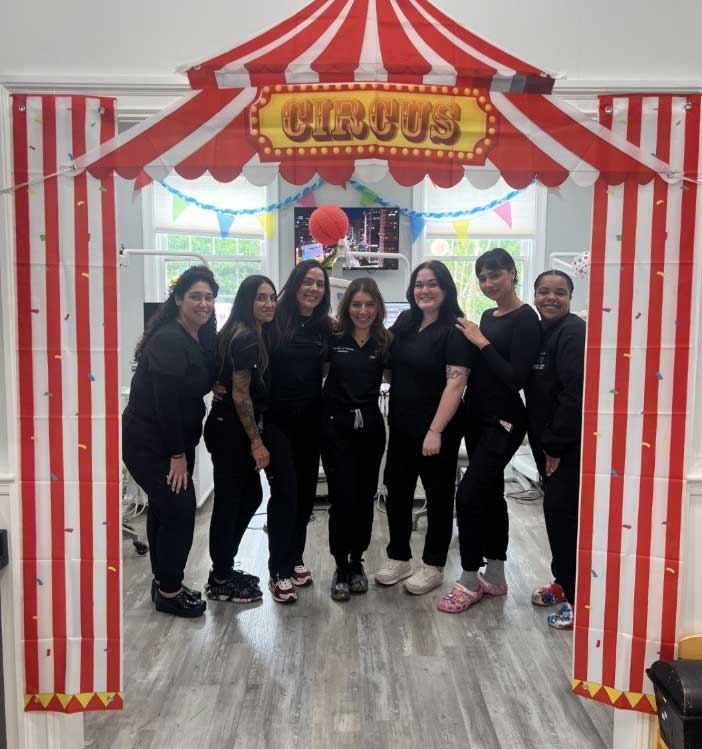Orthodontics:
Creating Beautiful, Healthy Smiles
At Dental Arts of Westwood, we offer comprehensive orthodontic treatments to help you achieve a straight, healthy smile. Whether you’re addressing crooked teeth, gaps, or bite alignment issues, our experienced team provides personalized care tailored to your unique needs and lifestyle. We offer a variety of orthodontic solutions performed by a board-certified orthodontist and orthodontic team, including:
- Traditional Braces: Time-tested and effective, braces use metal brackets and wires to gradually move teeth into their ideal position.
- Invisalign®: These clear, removable aligners provide a discreet and comfortable way to straighten your teeth without the look of traditional braces.
Our goal is to make your orthodontic journey smooth and comfortable, using the latest technology and customized treatment plans to help you achieve the smile you’ve always wanted. We’re with you every step of the way, from the initial consultation to the final reveal of your beautiful, confident smile.
Before and After
Sokha Saing (Invisalign and braces)
Dental Arts of Westwood… are the absolute best. They make you feel comfortable and at ease the second you walk through the door. The office is very CLEAN, professional, warm and welcoming. They are very honest upfront with pricing and explain everything before it happens. I highly highly recommend Dental Arts of Westwood!
Sokha Saing, October 2024
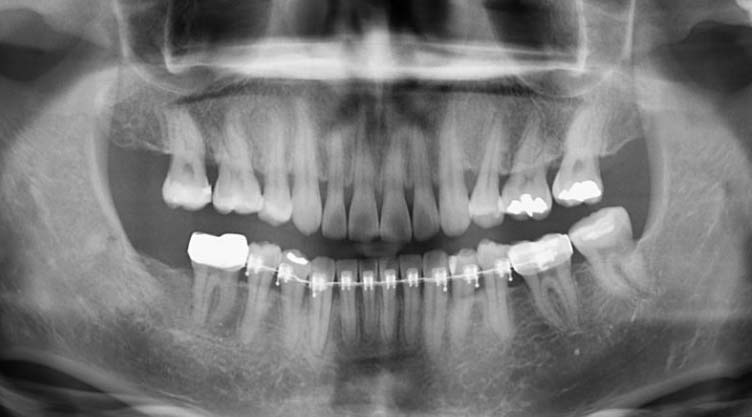
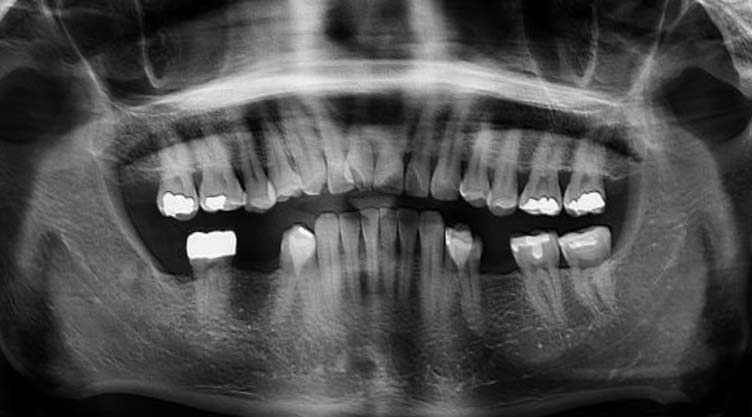
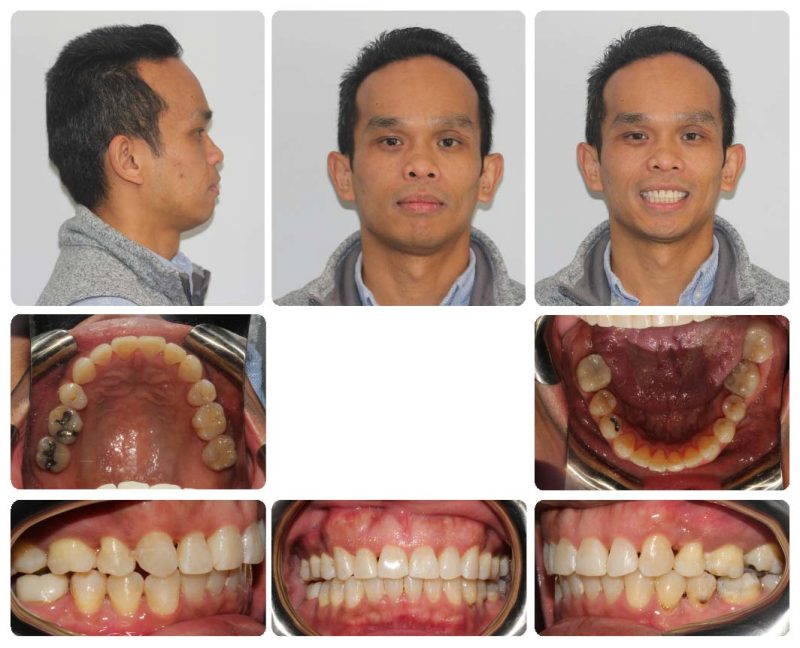
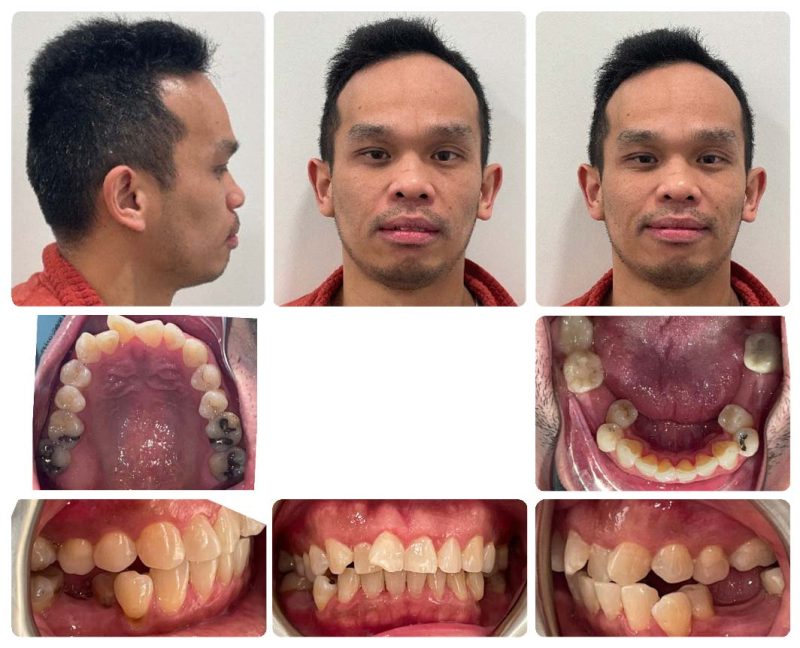
Invisalign (with and without veneers)

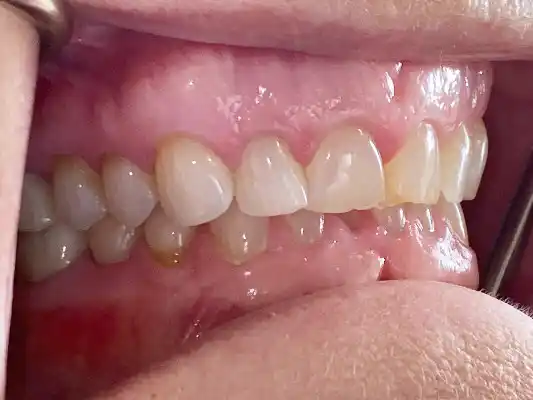
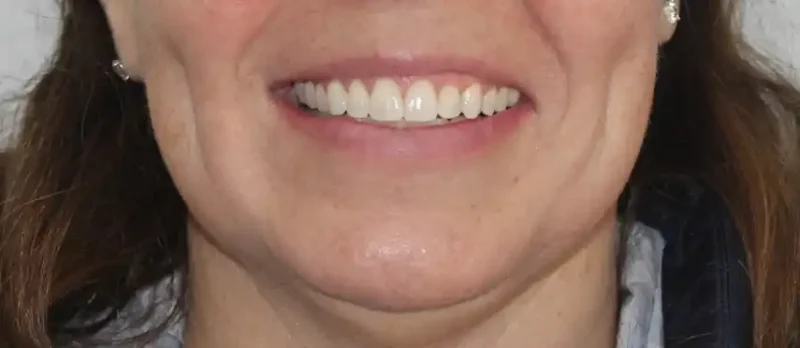

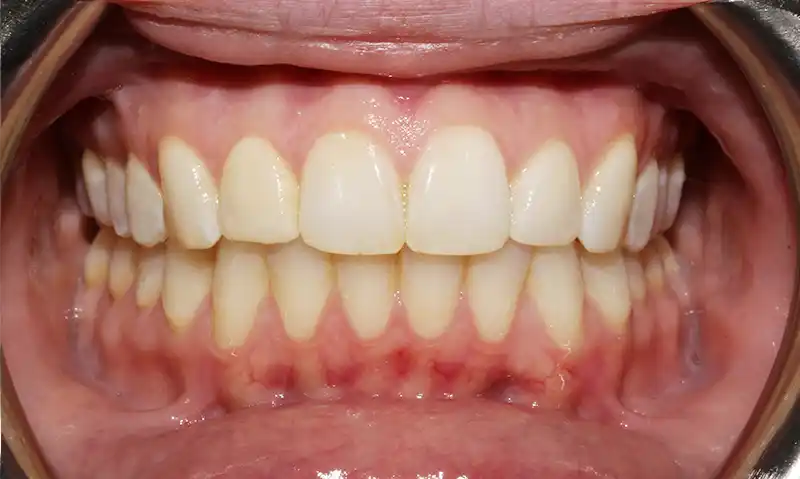


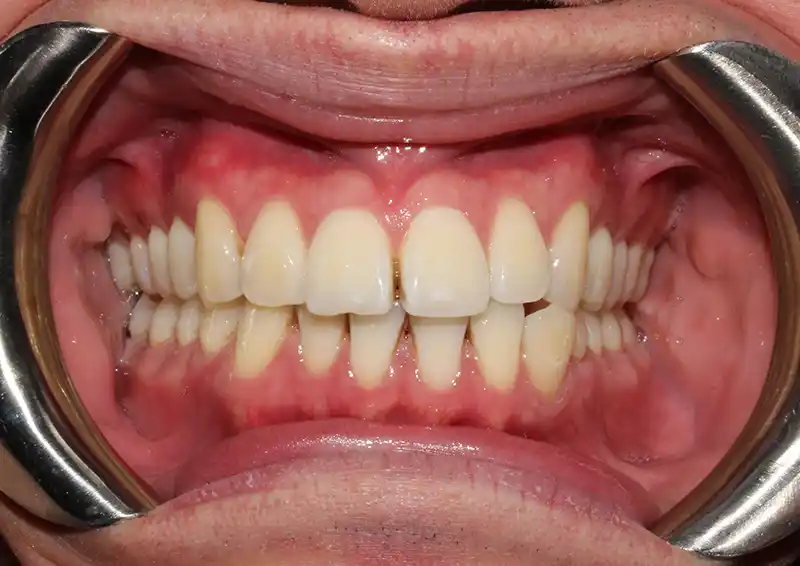
Braces
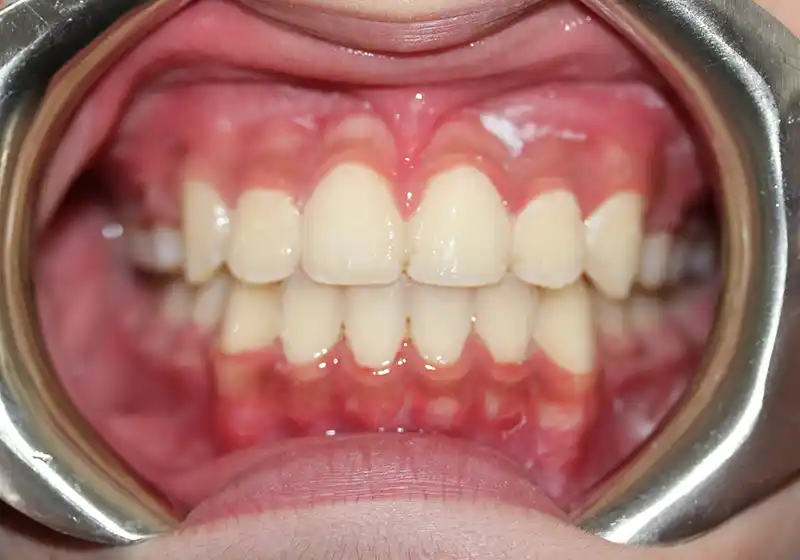
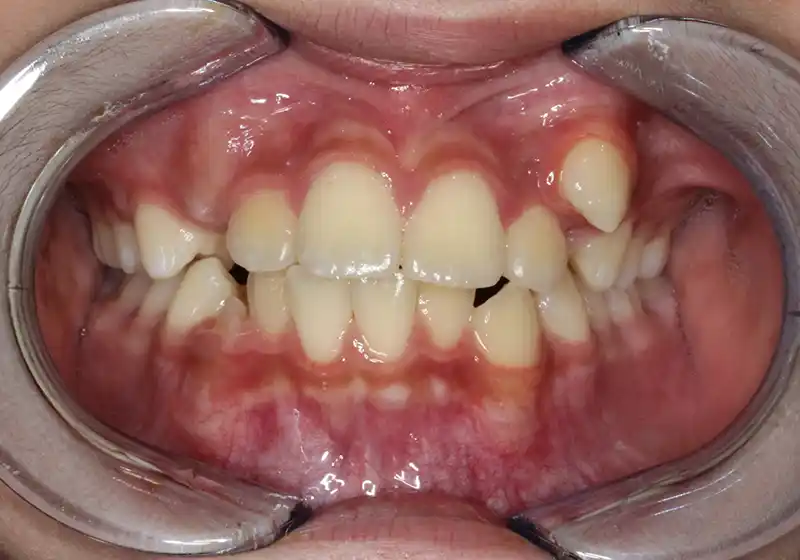
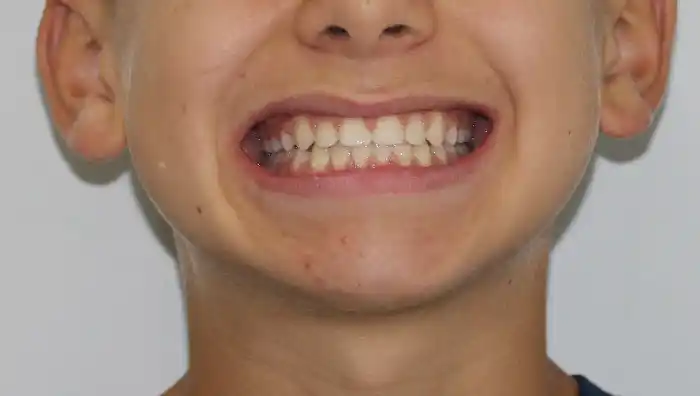
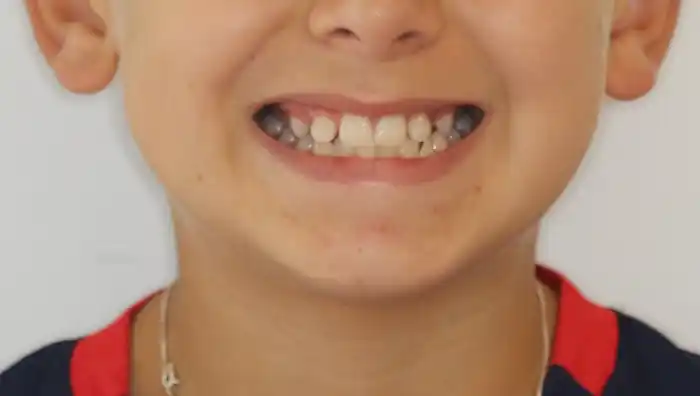
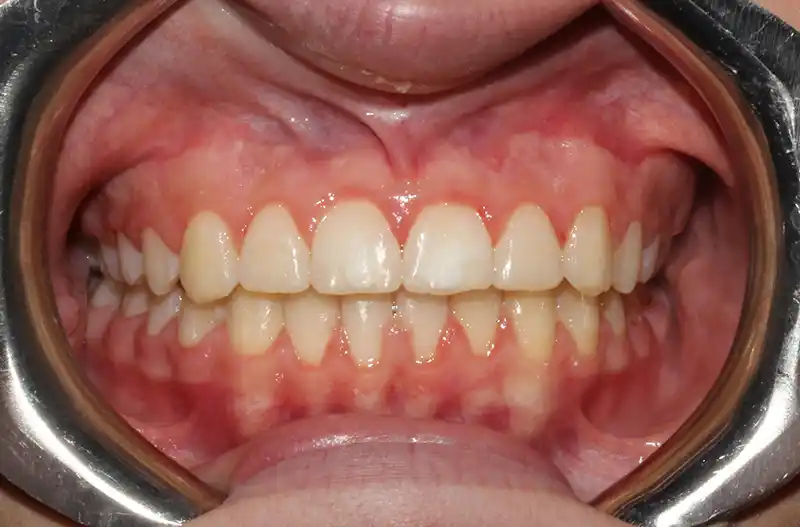
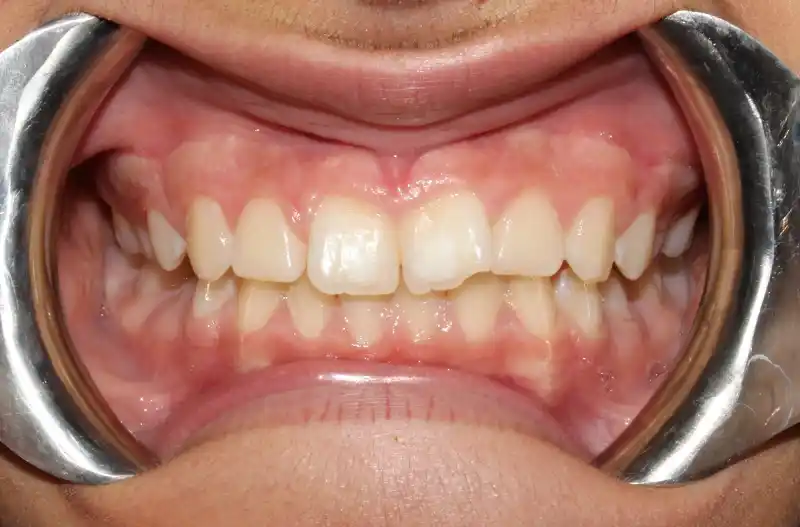
Phase One
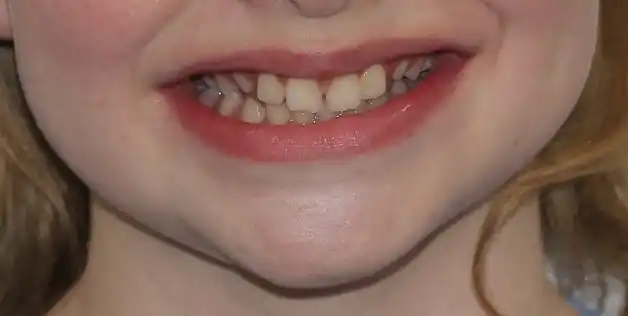

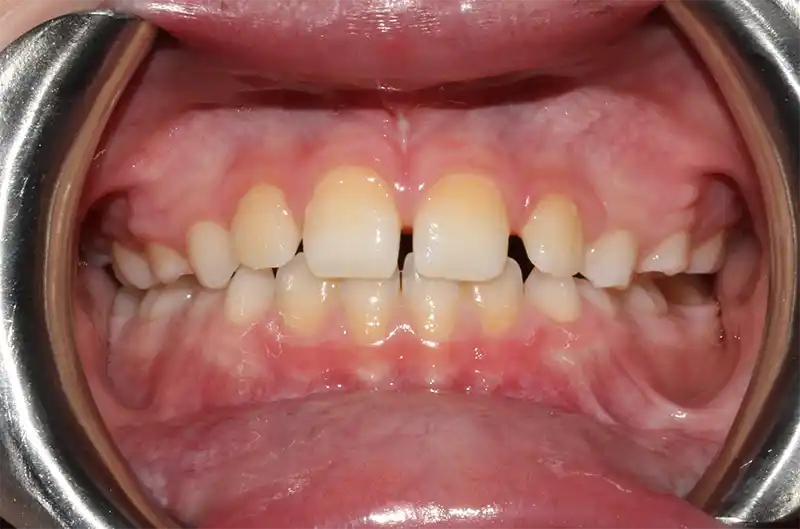
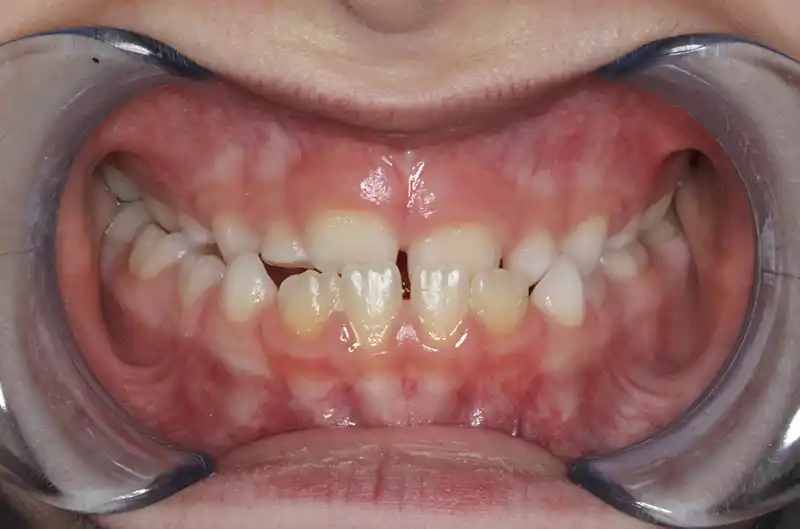
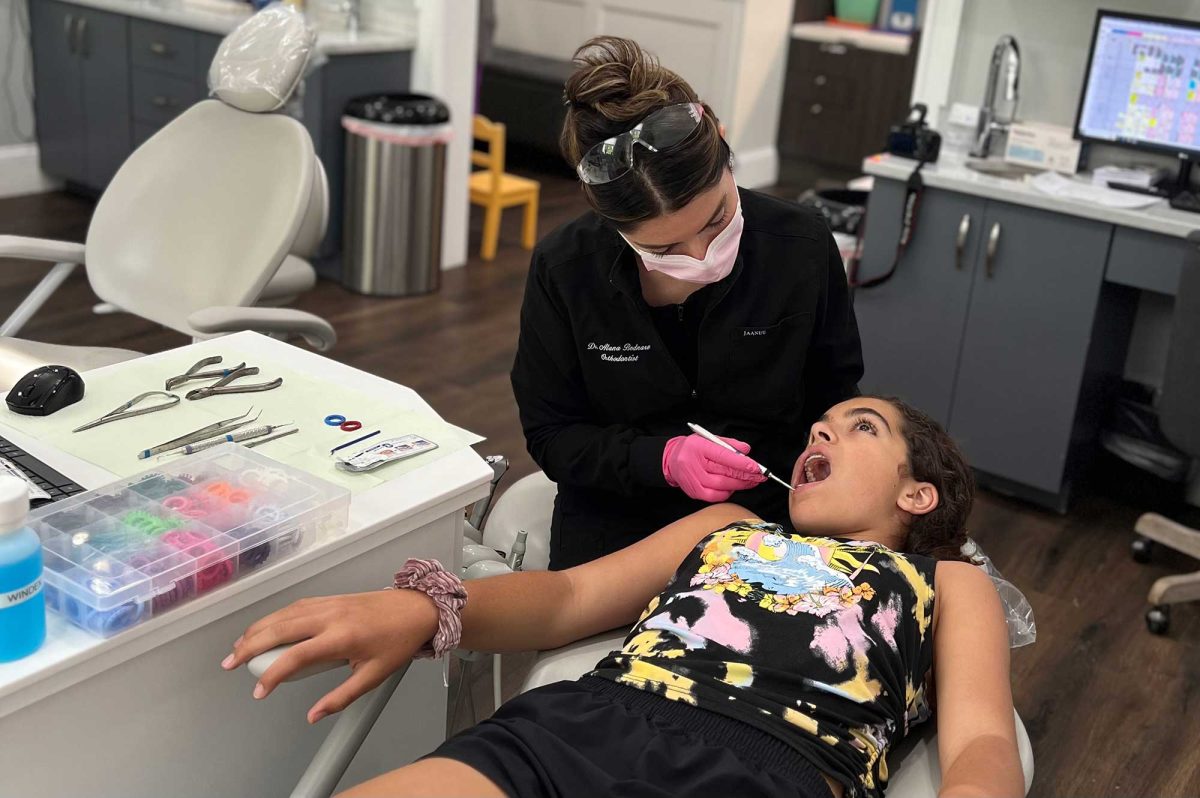
Orthodontic treatment is a specialized form of dental care that focuses on diagnosing, preventing, and treating irregularities in teeth and jaws. The primary goal is to correct misalignments and improve the function and appearance of a patient’s bite, which can involve issues like crooked teeth, overbites, underbites, and jaw disorders.
Here’s an overview:
- Improve Alignment: Align teeth for a straighter appearance.
- Correct Bite: Fix issues like open bite, overbite, underbite, or crossbite, which can affect chewing, speaking, and even jaw health.
- Prevent Oral Health Problems: Crooked teeth can be harder to clean, increasing the risk of decay and gum disease.
- Aesthetic Improvements: Enhance the appearance of the teeth and smile.
- Resolve Habits such as finger/thumb sucking.
- Crowded Teeth: Not enough space for all teeth to fit in the mouth properly.
- Gaps: Spaces between teeth, often due to missing teeth or other spacing issues.
- Malocclusions: Abnormal bites like overbite (upper teeth overlap too much), underbite (lower teeth overlap upper), or crossbite (teeth don’t align properly).
- Open Bite: When upper and lower teeth don’t meet when the mouth is closed.
- Jaw alignment issues/jaw growth.
- Orthognathic jaw surgery prep with braces or Invisalign.
- Braces: The most common treatment. Consists of metal or ceramic brackets attached to the teeth, connected by a wire that gradually moves the teeth into position.
- Clear Aligners (Invisalign): Transparent, removable trays custom-made to fit the patient’s teeth and slowly adjust their position.
- Retainers: Used after braces or aligners to maintain the new tooth position.
- Expanders: Devices used to widen the jaw if it’s too narrow.
- Headgear: Sometimes used in conjunction with braces to correct severe bite issues.
- Habit Breaker
- Initial Consultation: The orthodontist examines your teeth and may take X-rays or impressions to plan the treatment.
- Planning: A custom treatment plan is created based on the alignment issue. The orthodontist will discuss the best appliance to use and the duration of the treatment.
- Fitting the Appliance: Whether it’s braces, aligners, or another appliance, the fitting is done in the office.
- Adjustment Phase: Regular visits (typically every 4-8 weeks) are required for adjustments. The appliance is gradually modified to continue moving the teeth.
- Retention Phase: After the teeth are aligned, a retainer is often used to keep the teeth in their new position.
Treatment length varies, but on average:
- Braces: 1 to 3 years.
- Clear Aligners: Usually around 1 to 2 years, but it depends on the case.
- Retainers: Used indefinitely after active treatment to maintain the result.
- Discomfort: Teeth may feel sore after adjustments.
- Oral Hygiene Challenges: Appliances like braces make cleaning teeth more difficult, requiring extra care to prevent cavities and gum issues.
- Speech Changes: Some devices, particularly retainers or expanders, may temporarily affect speech.
- Retainers: Vital to maintain the new alignment.
- Regular Checkups: Continued visits to the dentist to ensure the teeth remain in their new positions.
- Oral Hygiene: Continue with proper brushing and flossing to prevent relapse or decay.
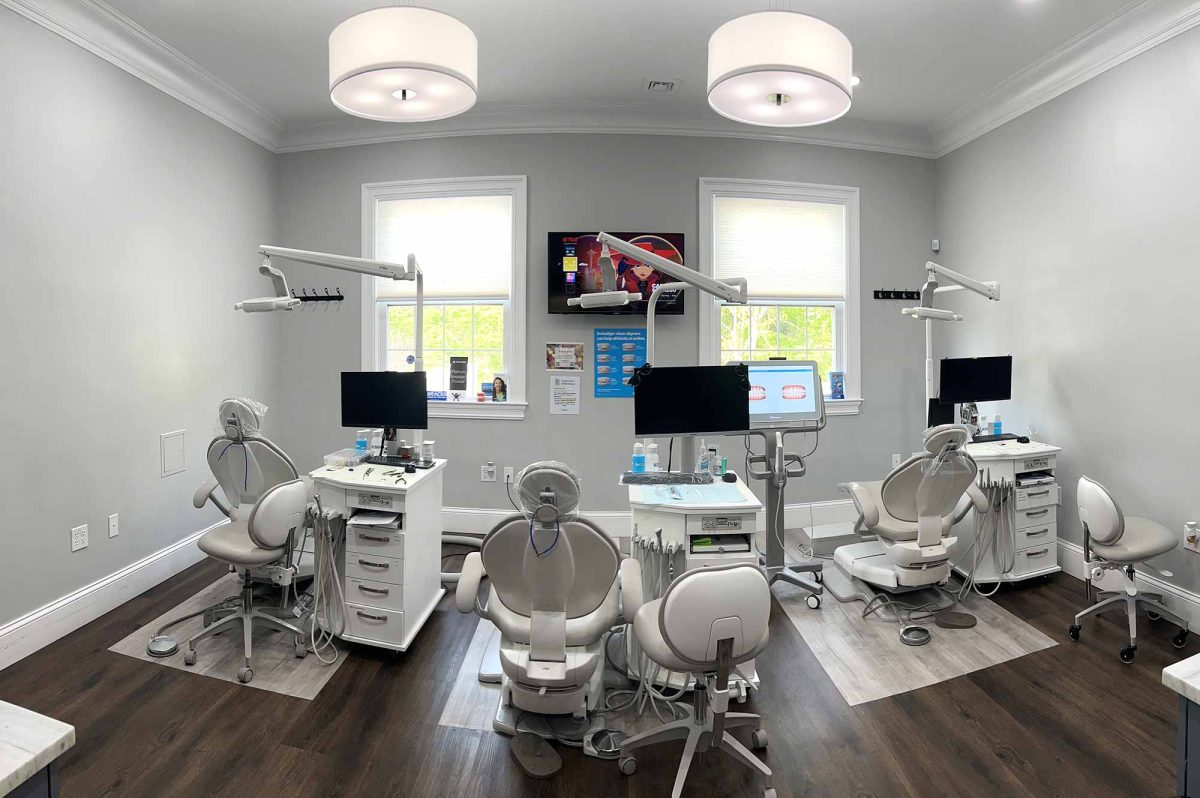
Orthodontic treatment not only improves the appearance of your teeth but also enhances overall oral health, speech, and functionality. Each treatment is tailored to the individual’s needs, ensuring the best possible outcome.

